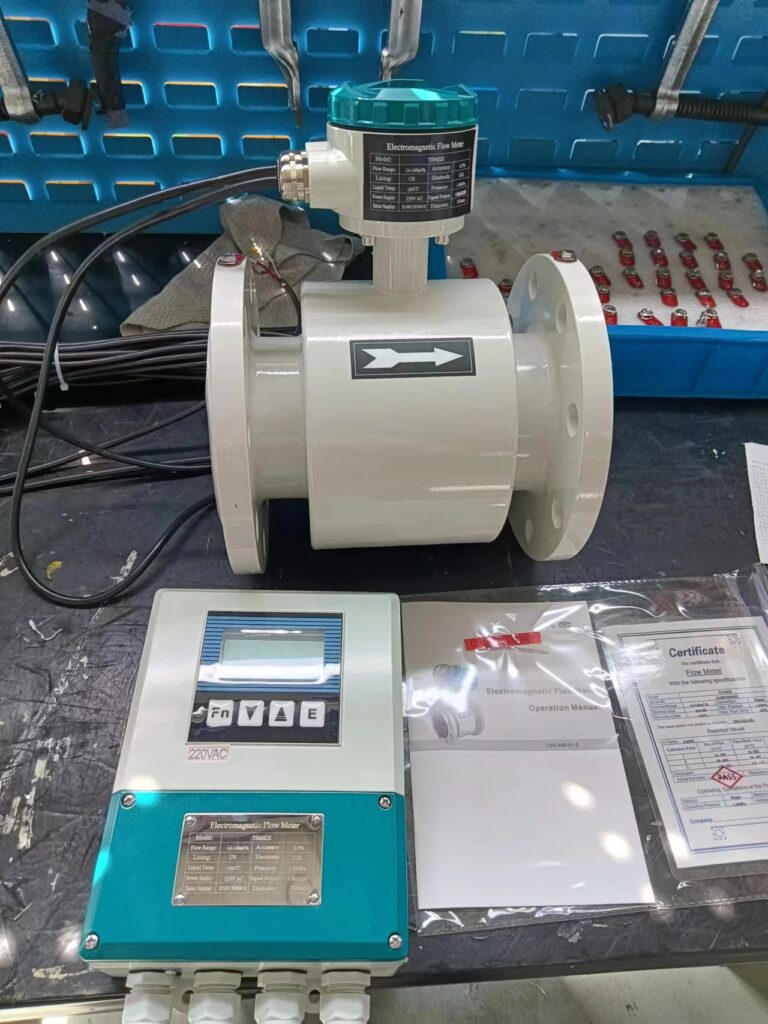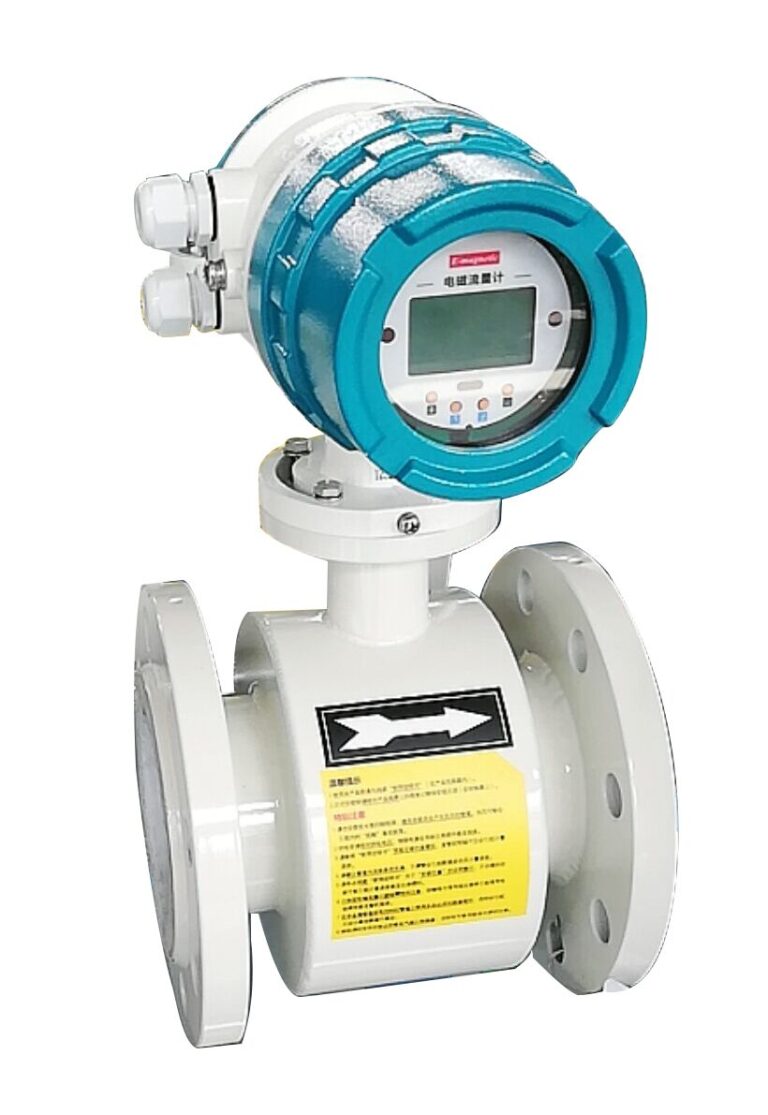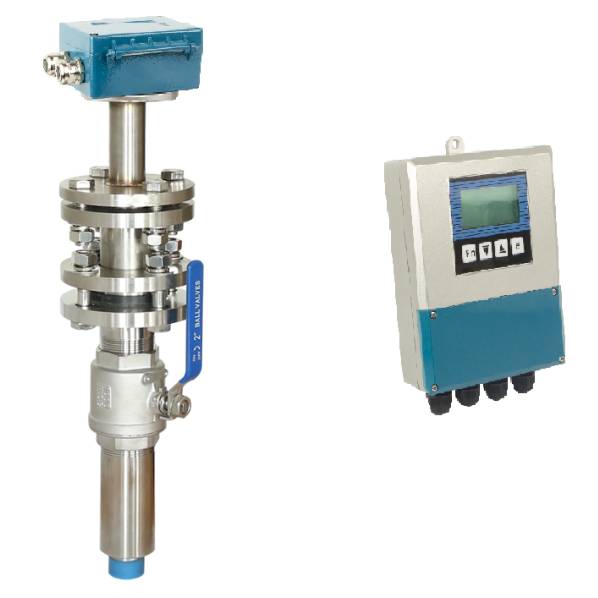Magnetic flow meters, commonly used for measuring the flow of conductive liquids, rely on precise and uninterrupted signal transmission. While durable and accurate, these devices are sensitive to external factors that might interfere with their operation. One such factor is the use of graphite-based materials in sealing connections, specifically graphite gaskets and lubricants. This article delves into the implications of using graphite gaskets in magnetic flow meter assemblies and provides actionable recommendations to ensure optimal performance.
How Magnetic Flow Meters Work
Magnetic flow meters operate on Faraday’s Law of Electromagnetic Induction. When a conductive liquid flows through a magnetic field, a voltage is induced, which is proportional to the liquid’s velocity. Electrodes within the meter capture this voltage, which is then processed to determine the flow rate. For this system to work effectively, the integrity of the electrical signal is crucial.

Graphite and Its Conductive Properties
Graphite, widely used in industrial applications, is known for its excellent sealing properties, high-temperature resistance, and chemical inertness. However, graphite is also electrically conductive. This characteristic can pose a risk when used in conjunction with magnetic flow meters, where stray conductivity may interfere with the measurement signal.
Risks of Graphite Lubricants
Graphite lubricants, often used to facilitate assembly or maintenance, have been highlighted in flow meter manuals as a potential risk. When applied, these lubricants may spread across surfaces, forming a thin conductive layer. This layer can create electrical pathways that short-circuit the signal paths within the flow meter, leading to inaccurate measurements or even device malfunction.
Graphite Gaskets: Are They Safe?
Unlike lubricants, graphite gaskets are solid sealing components designed to prevent leaks in pipe connections. The risk of signal interference from a graphite gasket is generally lower compared to lubricants. However, certain factors could still make them problematic:
Loose Particles: Damaged or improperly installed gaskets may release graphite particles, which could migrate and form conductive pathways.
Environmental Conditions: In moist or high-pressure environments, graphite’s conductivity might be enhanced, increasing the likelihood of interference.
Direct Contact: If the gasket directly interfaces with the flow meter’s sensitive areas, the risk of conductivity-related issues may rise.

Best Practices for Using Graphite Gaskets with Magnetic Flow Meters
To mitigate potential risks, follow these best practices:
Verify Compatibility: Consult the magnetic flow meter’s manufacturer guidelines to confirm the suitability of graphite gaskets. Some manufacturers may recommend alternative non-conductive materials.
Ensure Proper Installation: Carefully install the gasket to avoid damage and ensure it provides a secure, leak-free seal. This reduces the chance of loose particles affecting the flow meter.
Evaluate Environmental Factors: Assess the operating environment, including moisture levels and pressure conditions, to determine whether graphite is the best choice.
Consider Alternative Materials: For high-risk applications, consider using non-conductive gasket materials, such as PTFE (polytetrafluoroethylene), which eliminate the risk of conductivity.
Testing and Validation: If graphite gaskets are the preferred choice, conduct thorough testing under actual operating conditions to ensure there is no adverse effect on the flow meter’s performance.

Conclusion
Graphite gaskets offer excellent sealing properties but must be carefully evaluated when used with magnetic flow meters. While the risks are lower than those associated with graphite lubricants, potential issues related to conductivity and environmental factors must not be overlooked. By following best practices and consulting with manufacturers, you can safely integrate graphite gaskets into your systems without compromising the accuracy or reliability of your magnetic flow meters.
If you have any specific questions or concerns about your application, don’t hesitate to consult with experts or conduct further testing. A proactive approach ensures both system efficiency and long-term reliability.
